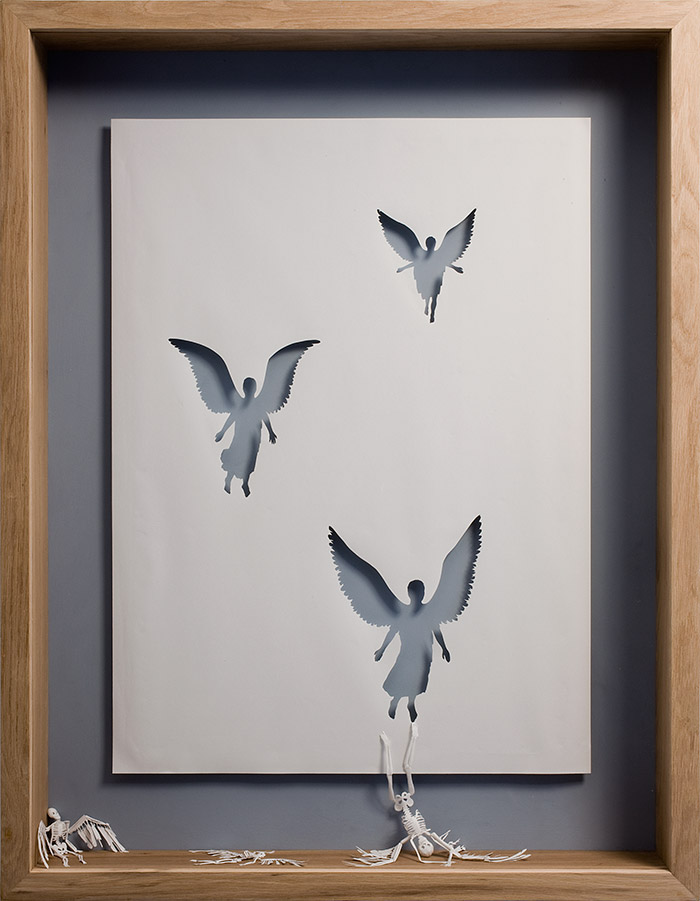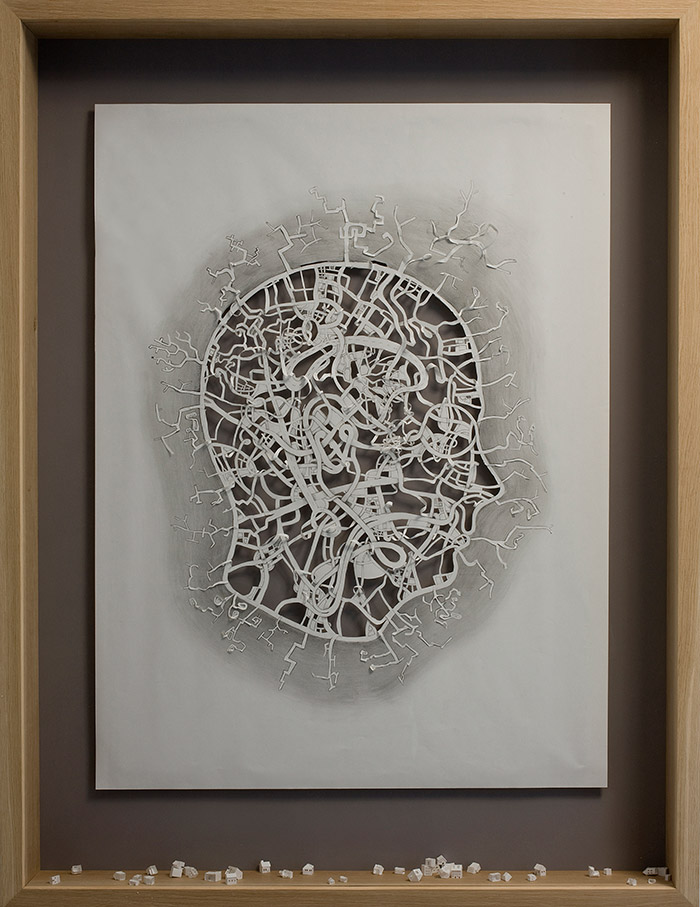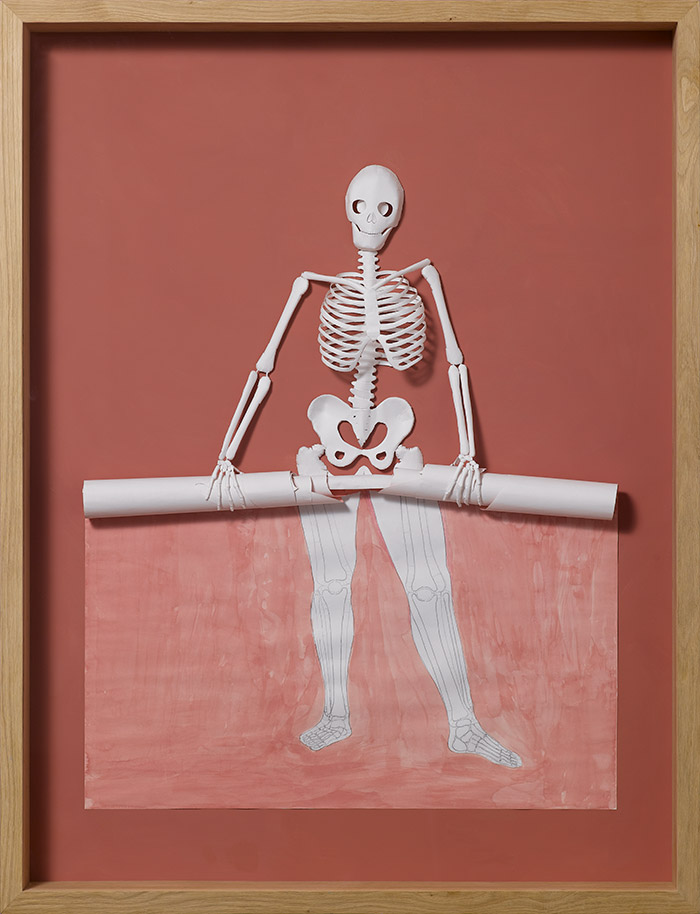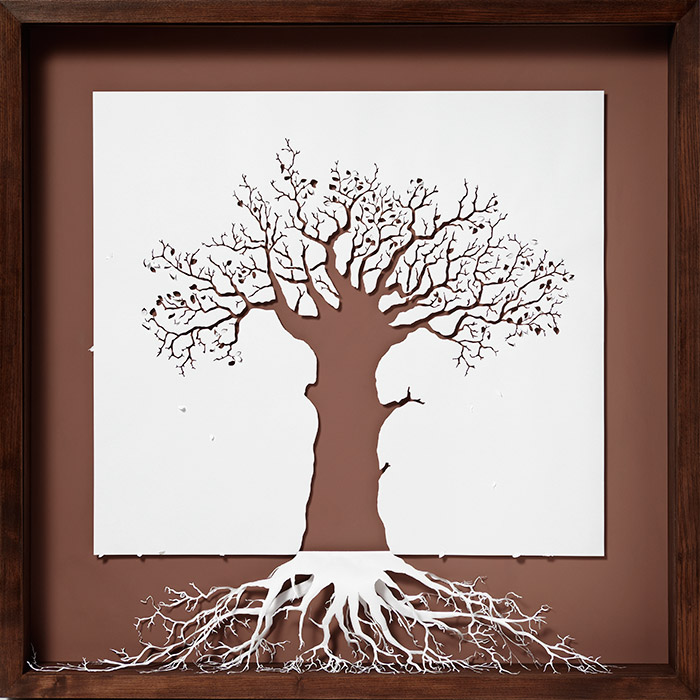Pairing Installations: Repellent Fence & Paper Bridge
I’m taking a class at Pratt called Installation Art: Design & Change, and we’ve been pairing up installation works as a weekly assignment. This is my first one!
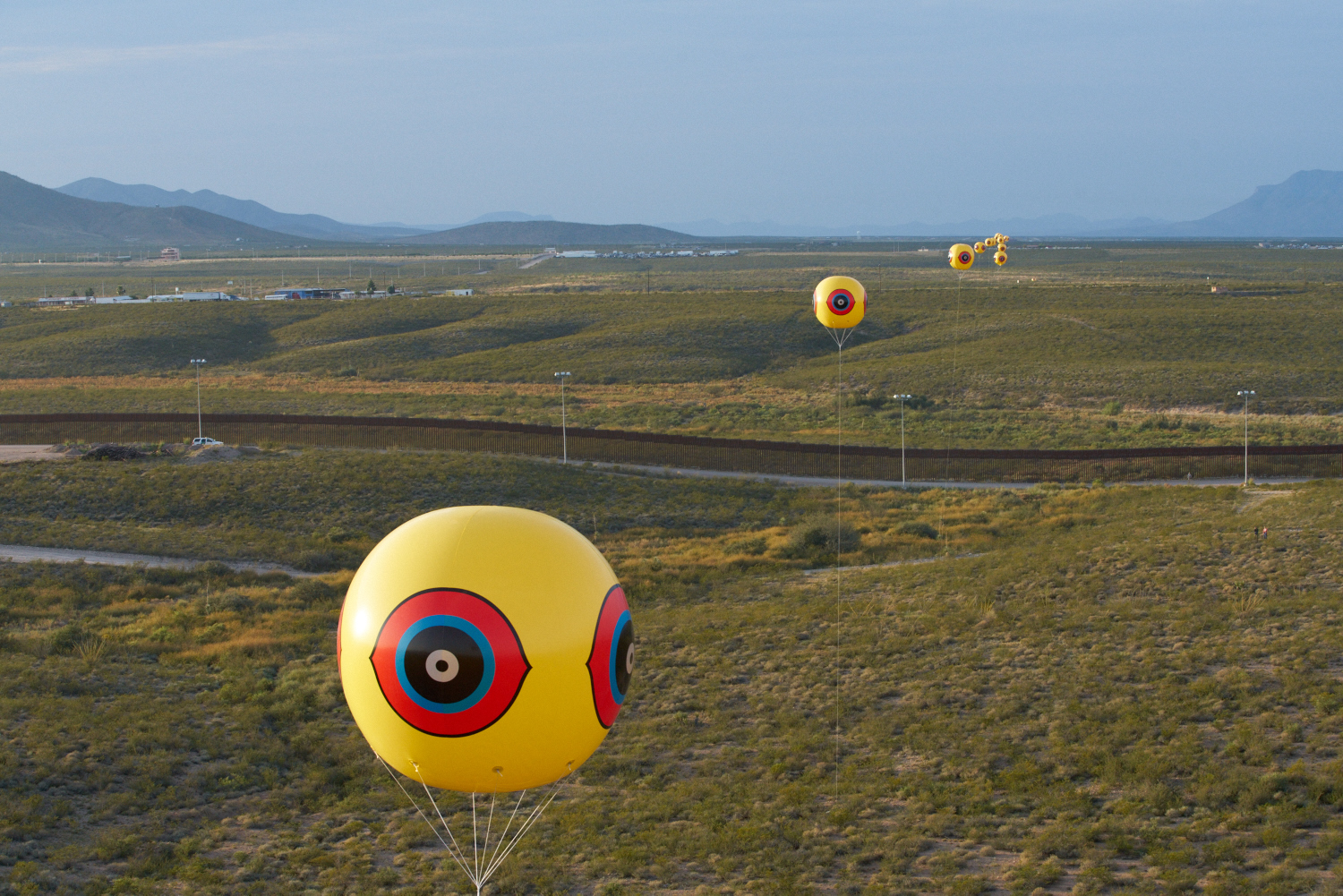
Postcommodity, Repellent Fence / Valla Repelente, October 9-12, 2015. Between the US/Mexico border cities of Douglas, Arizona and Agua Prieta, Sonora . Twenty-eight tethered balloons, 10 x 10 feet each.
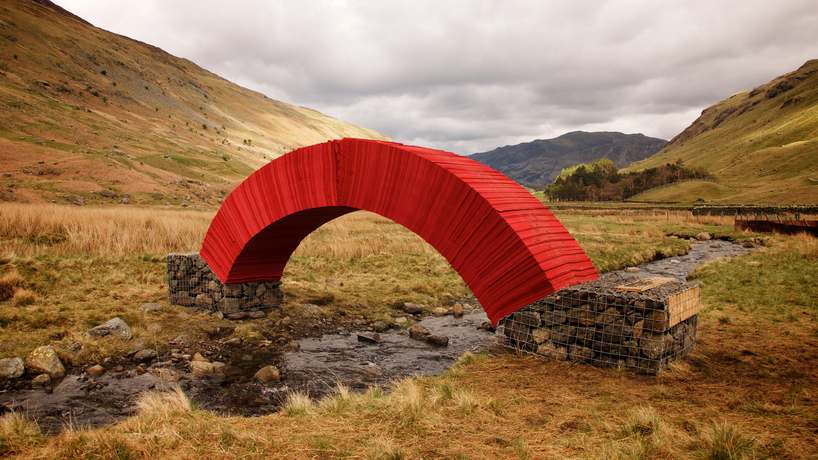
Steve Messam, PaperBridge, May 8-18, 2015. At the top of the Grisedale Valley, Patterdale, Cumbria, UK. 20,000 sheets of paper, four tons of found stone, 16.4 x 5.9 x 2.95 feet.
Both temporary installations in different kinds of wilderness, Postcommodity and Steve Messam’s work cross very different boundaries. Messam’s traverses a natural barrier while Postcommodity’s bisects a manmade one. Repellent Fencewas a community-backed two-mile long fence that traced an ancient trade route from Mexico through Arizona, nearly perpendicular to the border. The “scare-eye” design has indigenous origins and is still used to repel birds. Here the design seems to repel people—ancient indigenous travelers and their descendants in particular—warning them that the route is no longer safe because the US (a comparatively new nation) is obsessed with border security. At the same time, the two-mile installation sutures the divided nations together again.
While Repellent Fence confronts conceptual boundaries, Paperbridge defies physical ones. The paper’s wood pulp material mimics the wood that typical bridges are made of, while its bright red color lights up the landscape. Both works defy gravity in their own way. Repellent Fence flies 100 feet above the desert landscape and Paperbridge uses pressure to push out and up to allow safe passage over a stream in the northern UK. But the motivations behind the creation of these installations could not be more different. Postcommodity is a collective of three indigenous artists using projects like Repellent Fence to bring attention to oppressed Native Americans and migrant workers, while Steve Messam was commissioned to create Paperbridge.
I learned about Repellent Fence through an interview with the artists I worked on for ART21 Magazine.
You can also read my classmate’s pairings for this week on the Pairings: Blog set up by our professor, Kim Connerton, PhD.

